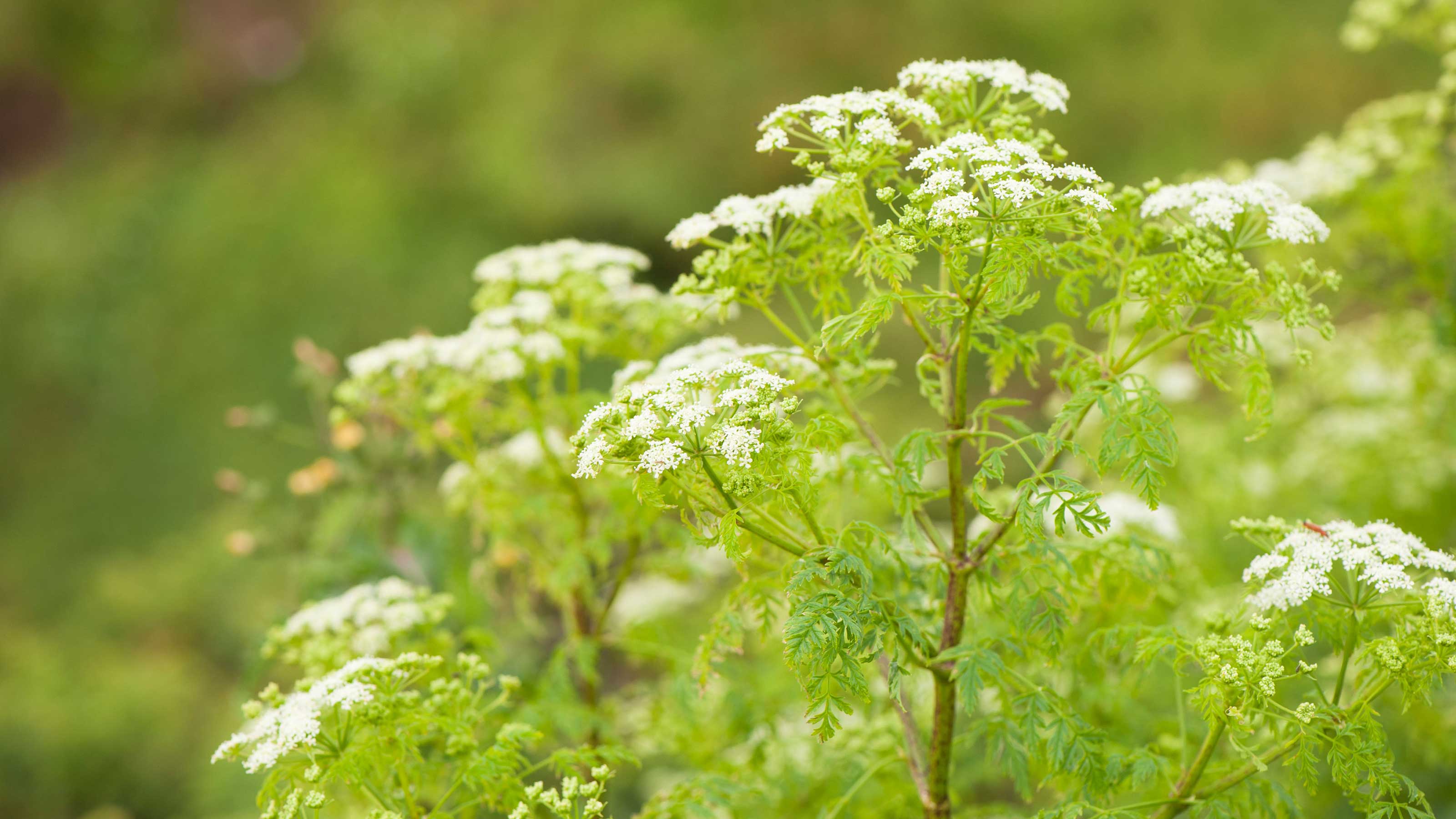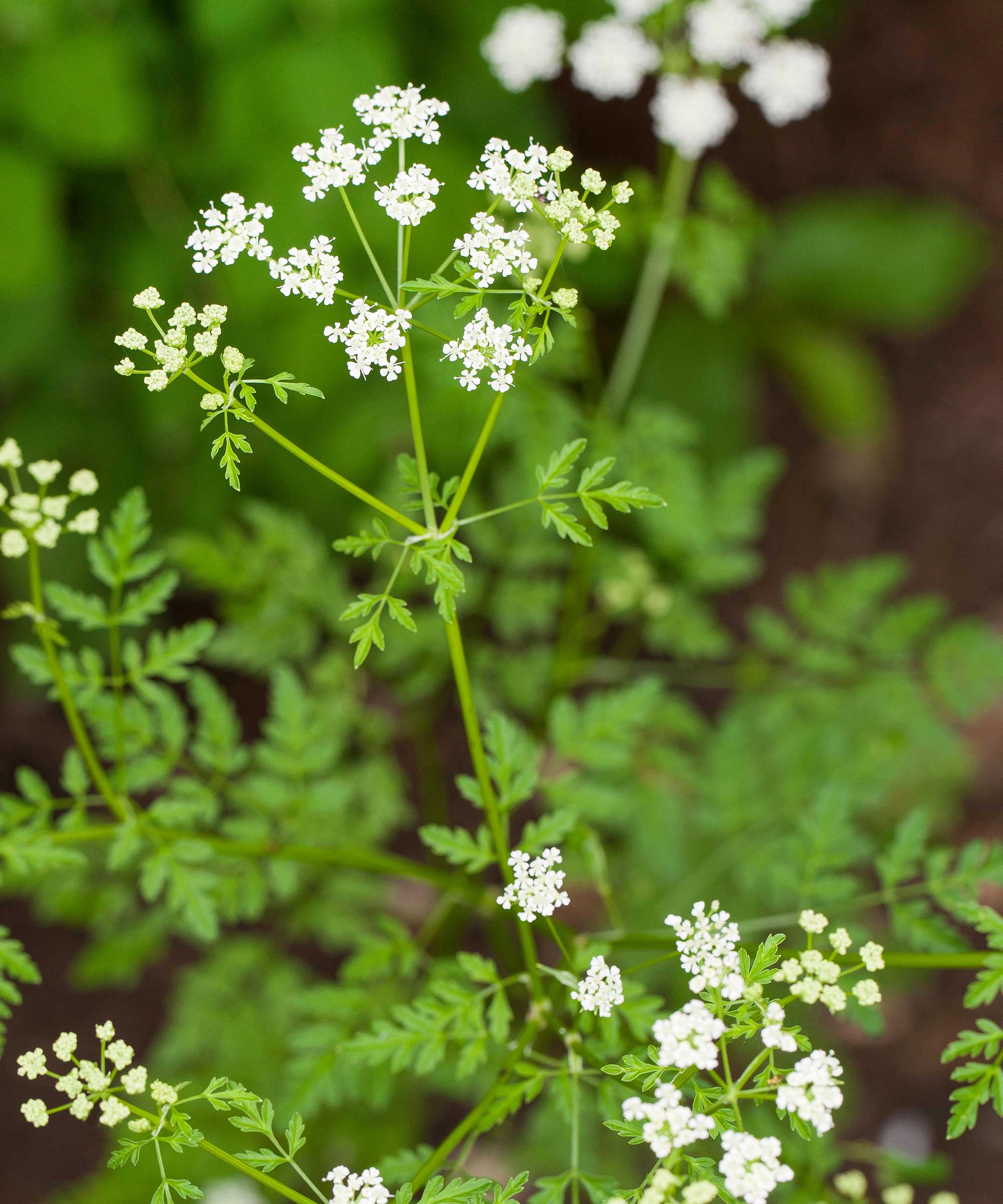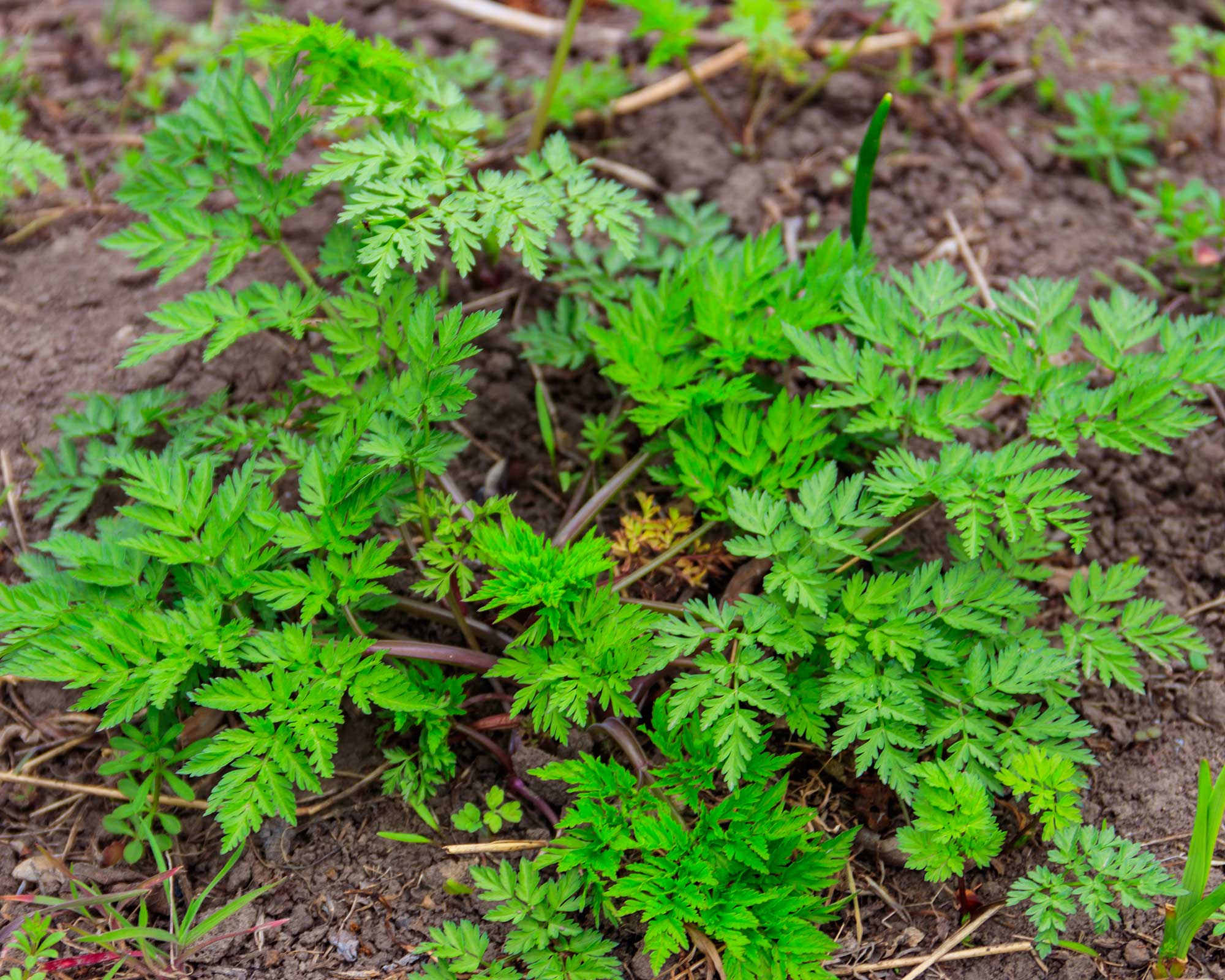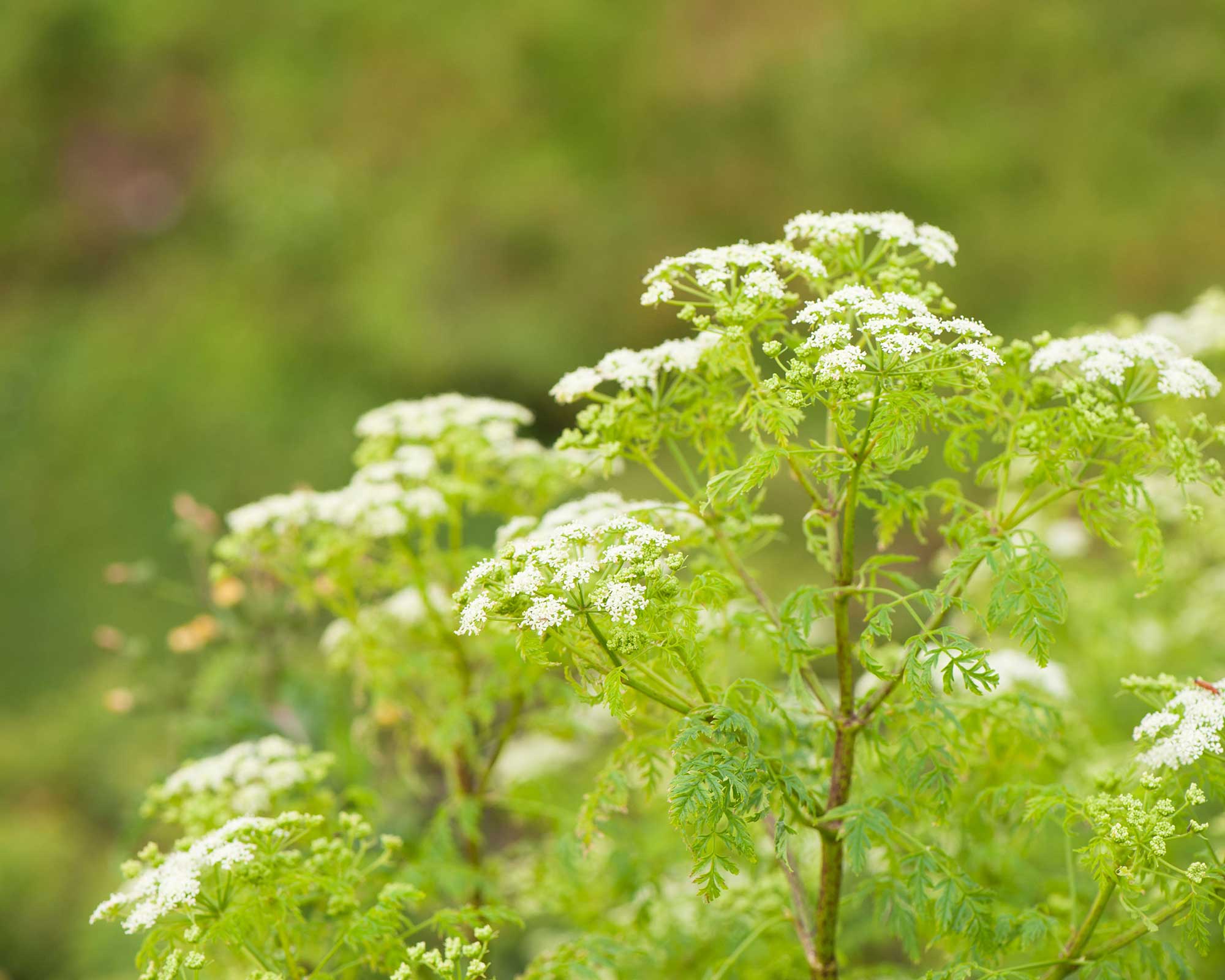How to get rid of poison hemlock: remove this dangerous plant from your yard
Notoriously toxic, you'll want to know how to get rid of poison hemlock if you spot it in your yard – our guide explains all


Knowing how to get rid of poison hemlock is crucial if you have this pesky plant growing in your garden.
Officially named Conium maculatum and also known as California fern, this wildflower is often spotted along riverbanks and roadsides from spring to summer. With its pretty white blooms, it is commonly mistaken for cow parsley. But don't be deceived by its delicate appearance – poison hemlock is infamous for its toxicity.
As the flower experts at abcFlora explain, it is a 'dangerous, invasive plant species that can be fatal if even small amounts are ingested, triggering lung paralysis and even burning the skin if touched.' So, if you're looking into how to get rid of weeds, this one should be top of your list.
How to get rid of poison hemlock without weed killer
For wildlife gardens, herbicides are generally a no-go. Luckily, you can tackle poison hemlock without reaching for the weed killer, particularly if you only have a small infestation to deal with.
As the experts at abcFlora say, you can simply uproot the plant using a fork or spade. Make sure you're wearing protective clothing when doing so, including gloves and a face mask. Try to remove the entire taproot to stop the plant from regrowing, but avoid disturbing the ground too much, which can encourage further germination of seeds.
Immediately bag up the debris for disposal. Do not be tempted to burn poison hemlock – doing so will release its toxins into the air which is a health hazard. If you've already read up on how to get rid of poison ivy, you'll know this applies to that weed too.
The University of California Statewide Integrated Pest Management Program suggests routinely mowing the young plants down before they have produced flowers as an alternative method to digging them up. This prevents seed production, and depletes the plants' energy reserves which can eventually lead to them dying. However, some experts, including Healthline, warn that this method can release harmful toxins into the air. So, proceed with caution and, as always with tackling this weed, wear protective clothing.

How to get rid of poison hemlock with weed killer
For quicker results or larger infestations, a herbicide such as 2,4-D, triclopyr, or glyphosate may be the best approach.
Follow application instructions carefully on your chosen product. They tend to be most effective when applied to young plants.
Remember that glyphosate is non-selective. So, be careful not to get it on any of your other plants or lawn, as it can damage them, too. Apply it to poison hemlock before it starts to bolt.
Whichever type you use, be prepared for the potential need to repeat applications – even with the best weed killers it can take a couple of years for the plants to be eradicated completely.

How do you identify poison hemlock?
Similar to cow parsley and also giant hogweed – another toxic plant – poison hemlock has small white flowers in umbrella-like clusters. These appear in the plant's second year of growth.
'To avoid mistaking cow parsley for poison hemlock, look to the leaves and stalk,' advises abcFlora. 'Poison hemlock leaves are more feathered in appearance with a waxier texture, while the stalk will have distinctive purple splotches.'
The foliage also helps set it apart from giant hogweed, which has larger, more jagged leaves. Height-wise, this plant can grow to 6ft and closer to 10ft in fertile soils. Giant hogweed tends to grow even higher – up to around 16.5ft (5m).
Another way to identify poison hemlock is by its smell (but don't get too close). As the Wildlife Trusts explains, the foliage and stems have a distinctive, unpleasant, mousy aroma.

What should you do if you come into contact with poison hemlock?
'There is no known antidote to hemlock poisoning, so it's vital to remove these unfriendly plants in a safe and efficient manner,' says abcFlora.
All parts of the plant are toxic and ingesting even small amounts can be fatal. Even touching the plants can lead to adverse reactions, which is why it's so important to wear gloves when removing them.
According to Healthline, symptoms can occur in as little as 30 minutes. These vary, and include trembling and loss of speech to convulsions and loss of consciousness. If you suspect you're at risk after coming into contact with this plant, seek medical advice immediately.
It's also a poisonous plant for dogs, cats, and other animals, so bear this in mind if you have pets. Take them to a vet as soon as you can if you think they may have come into contact with it.

The garden was always a big part of Holly's life growing up, as was the surrounding New Forest where she lived. Her appreciation for the great outdoors has only grown since then. She's been an allotment keeper, a professional gardener, and a botanical illustrator – plants are her passion.
